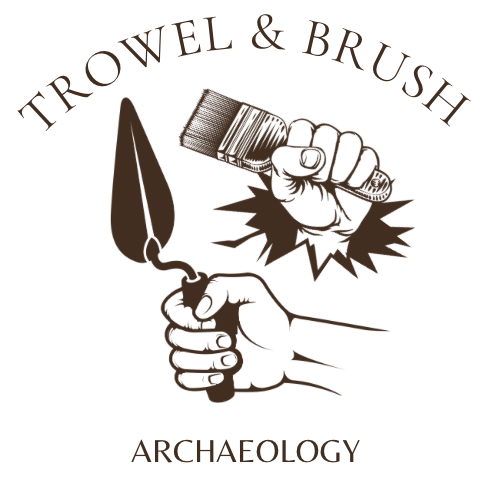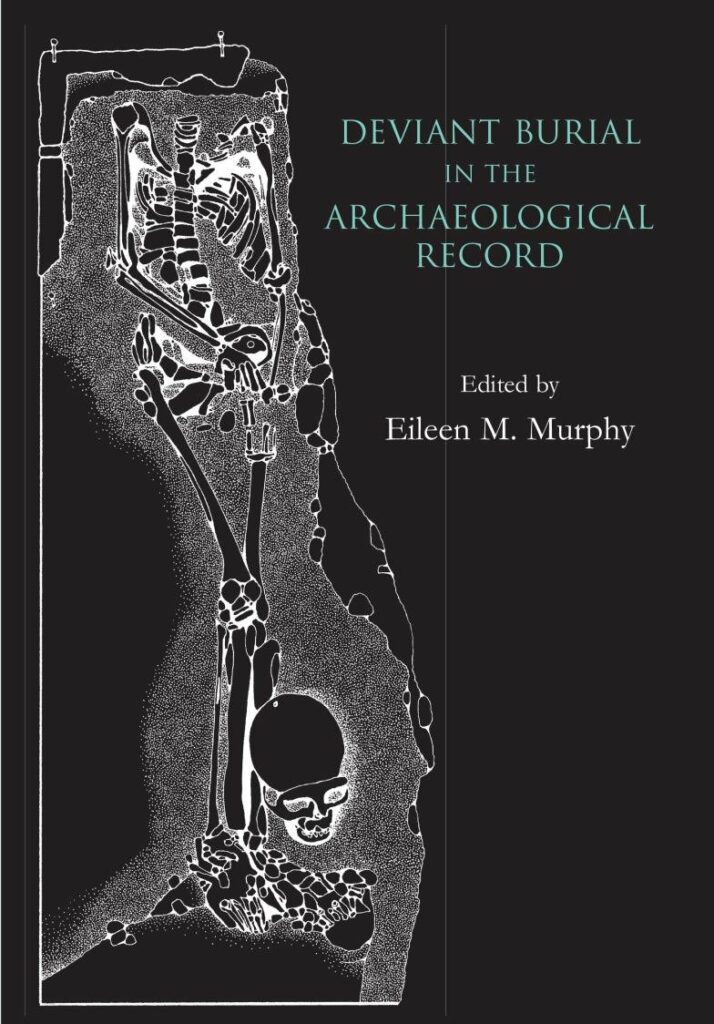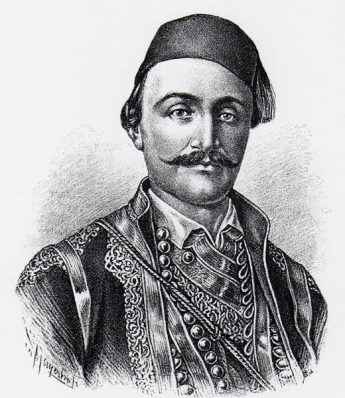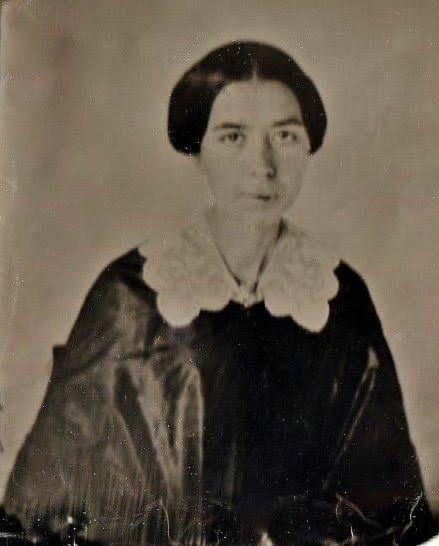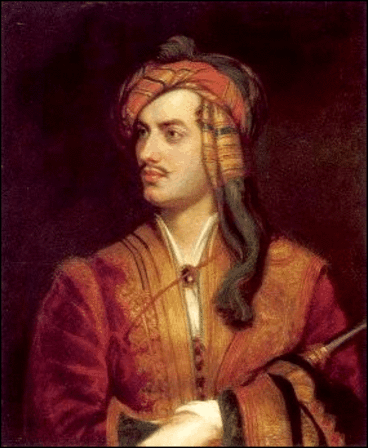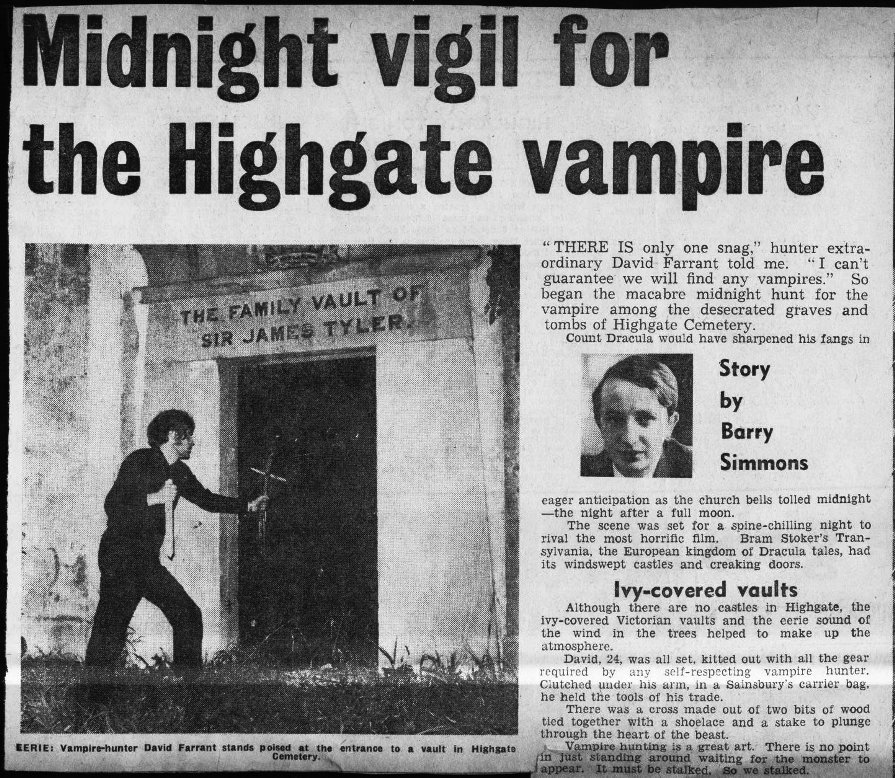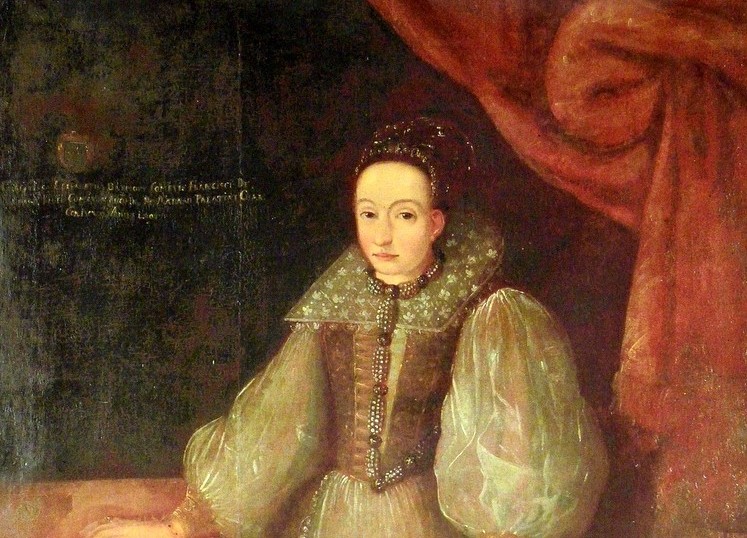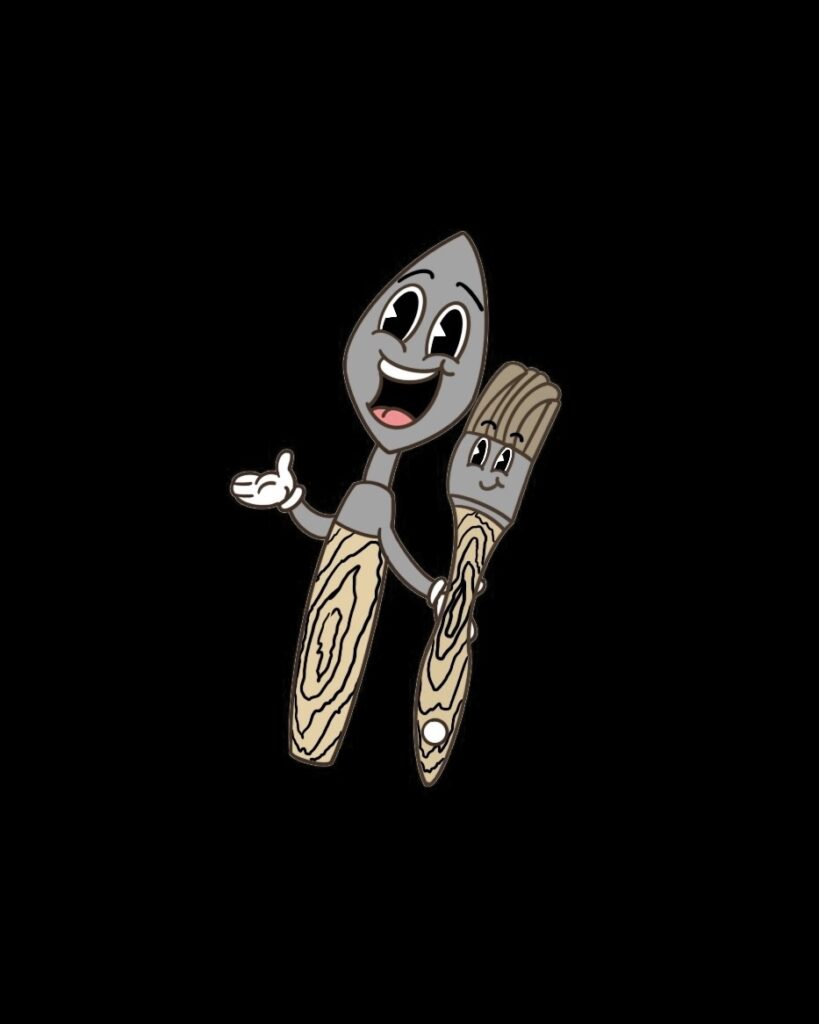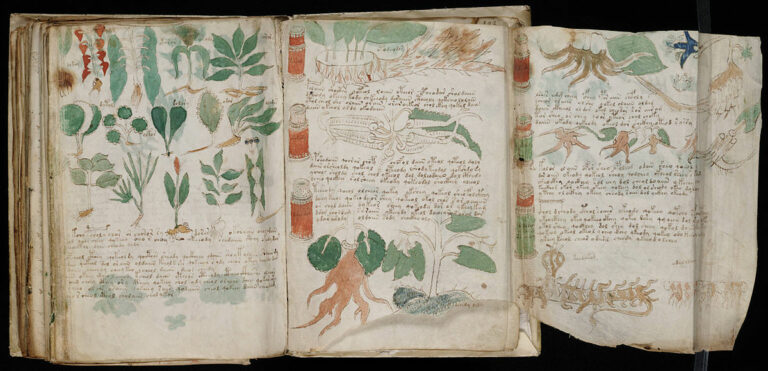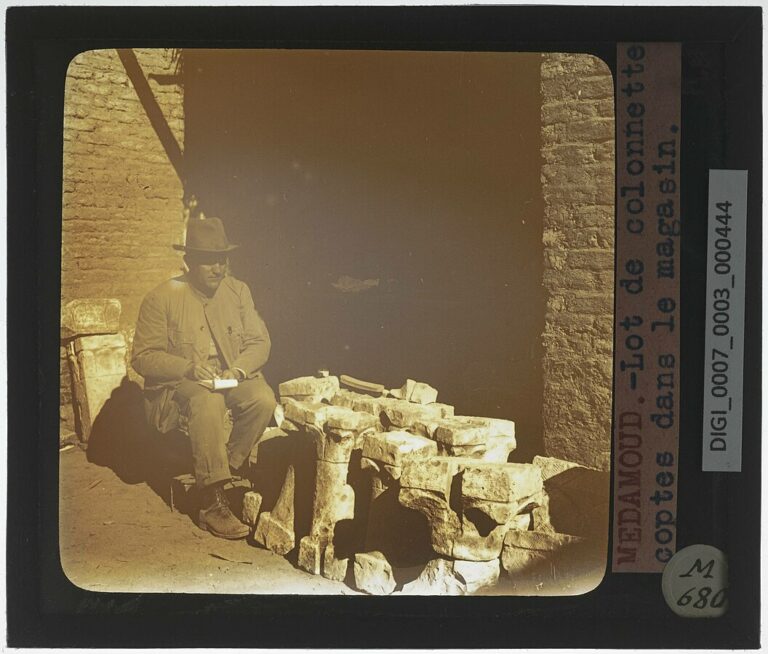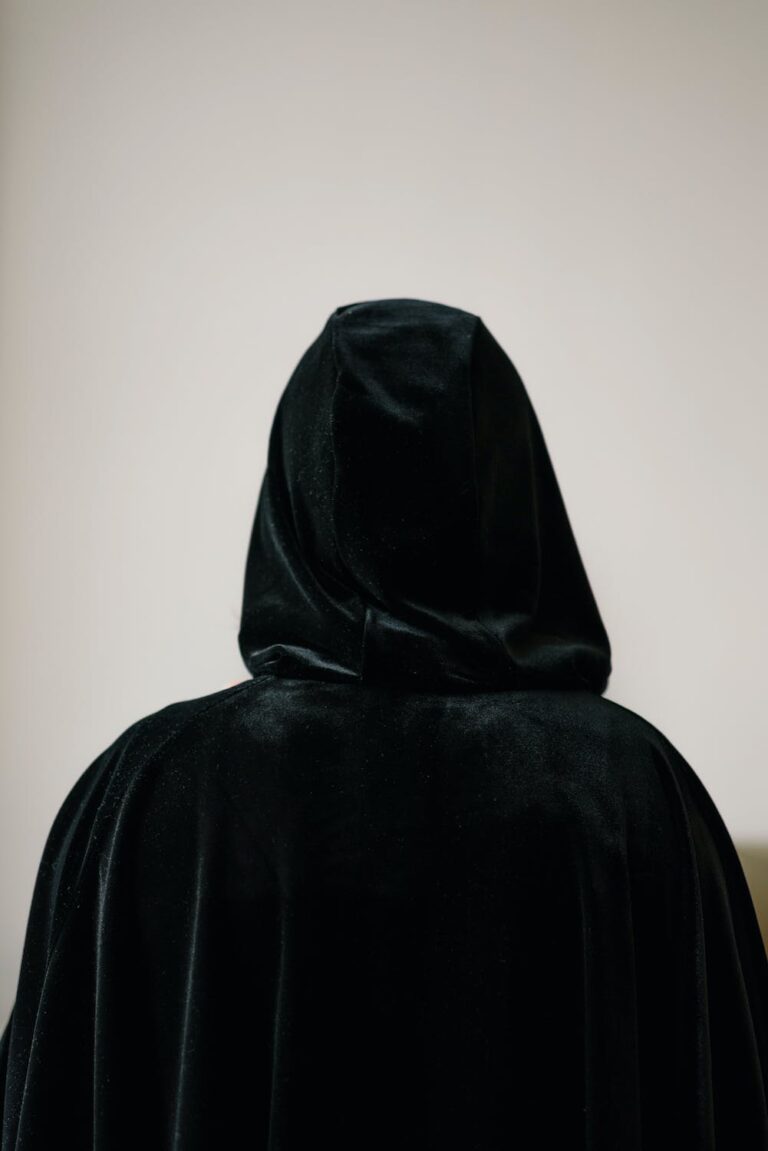Unearthing the Chilling Archaeology of Vampires
Beneath the Veil of Night
In the shadowy recesses of European folklore, there lurks a creature of the night – the vampire. Far from the charismatic figures popularized by Bram Stoker’s “Dracula” and contemporary movies, historical accounts often describe these alleged undead as reanimated corpses, terrorizing the living to quench their thirst for blood. While tales of vampires have existed for centuries, a recent archaeological discovery offers intriguing physical evidence that people of the past took these legends very seriously.
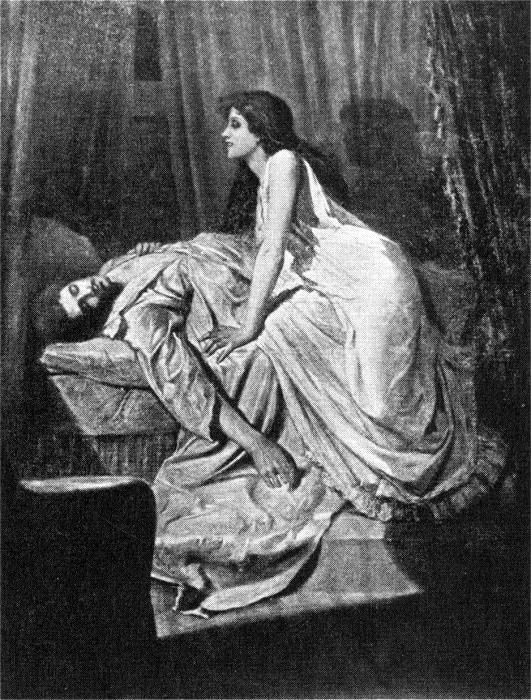
The Ancient Roots of the Vampire Legend
The figure of the vampire, as popularly understood today, is primarily a product of Eastern European folklore and later literary embellishment. However, creatures bearing similarities to the vampire have existed in the myths and legends of many cultures around the world, suggesting a near-universal human fascination with the concept of the undead.
Ancient Civilizations
Long before the Slavic tales of bloodsucking undead, ancient civilizations had their own versions of vampire-like entities. The Greeks spoke of the Lamia, a woman cursed by the goddess Hera to devour her own children, who later began to prey on the children of others, sucking their blood. The Romans had tales of the striges, nocturnal birds that would feed on the blood of humans, particularly infants.
The Egyptians had tales of goddesses with lioness heads, such as Sekhmet, who was known to drink blood. Though not strictly vampire-like, the crossover of blood-drinking with the dead was a potent mix that would come to influence later myths.
Slavic Folklore
It’s in Eastern Europe that the vampire myth really took hold, especially within Slavic folklore. The Slavic vampire, unlike the charismatic Dracula of literature, was often depicted as a revenant, or a returned corpse, bloated from its feast of blood, with dark, sunken eyes and long nails. Names varied from region to region – Nosferatu, Upir, and Vrolok, among others.
Many factors could allegedly lead one to become a vampire: being born with a caul (a piece of birth membrane) over one’s face, dying without being baptized, or suffering an unnatural or violent death. Once they rose from the grave, these creatures would terrorize the living, especially family members.
Asian Origins
While the vampire myth is predominantly tied to Europe, Asia had its own iterations. The Chinese had the jiangshi, a hopping corpse that sucked the life force from the living. India had tales of the vetala, spirits that inhabited corpses and could drain individuals of their vitality.
Influence of Literature
The vampire as we know it today, a suave yet monstrous creature, was immortalized in Western culture primarily due to Bram Stoker’s 1897 novel “Dracula.” This work, inspired by Romanian folklore and possibly the historical figure Vlad the Impaler, has become the definitive version of the vampire myth for many in the West.
The tales of the undead have been with us for millennia, shifting and evolving with each culture and generation. While the specific attributes and origins of the vampire vary greatly from one tradition to another, the underlying themes of life, death, fear, and the unknown remain a constant. These tales, rooted deep in human psyche, reflect our timeless attempt to understand and grapple with the mysteries of mortality.
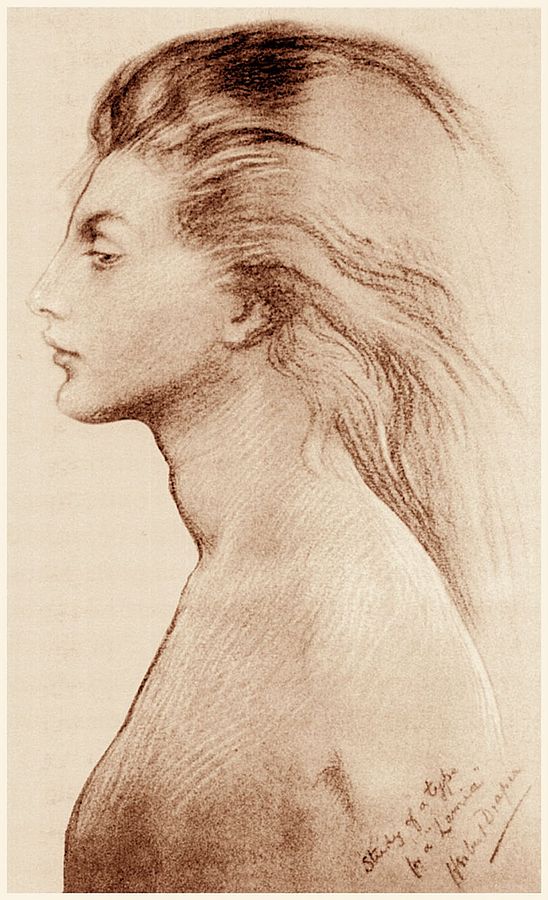
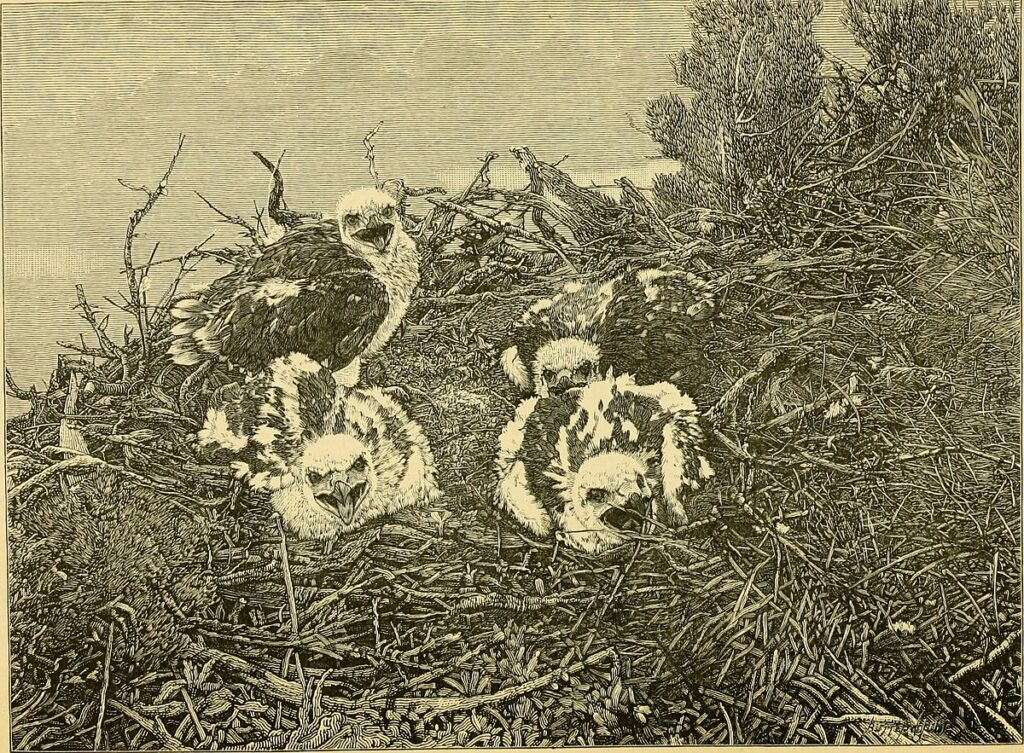
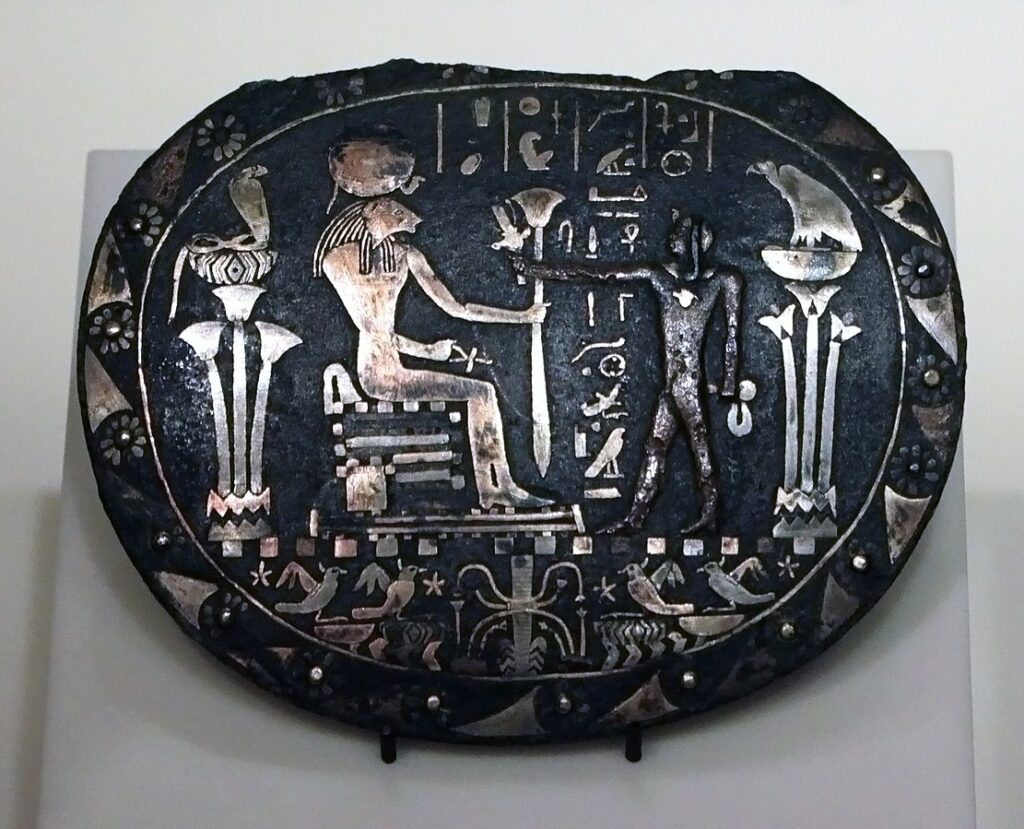
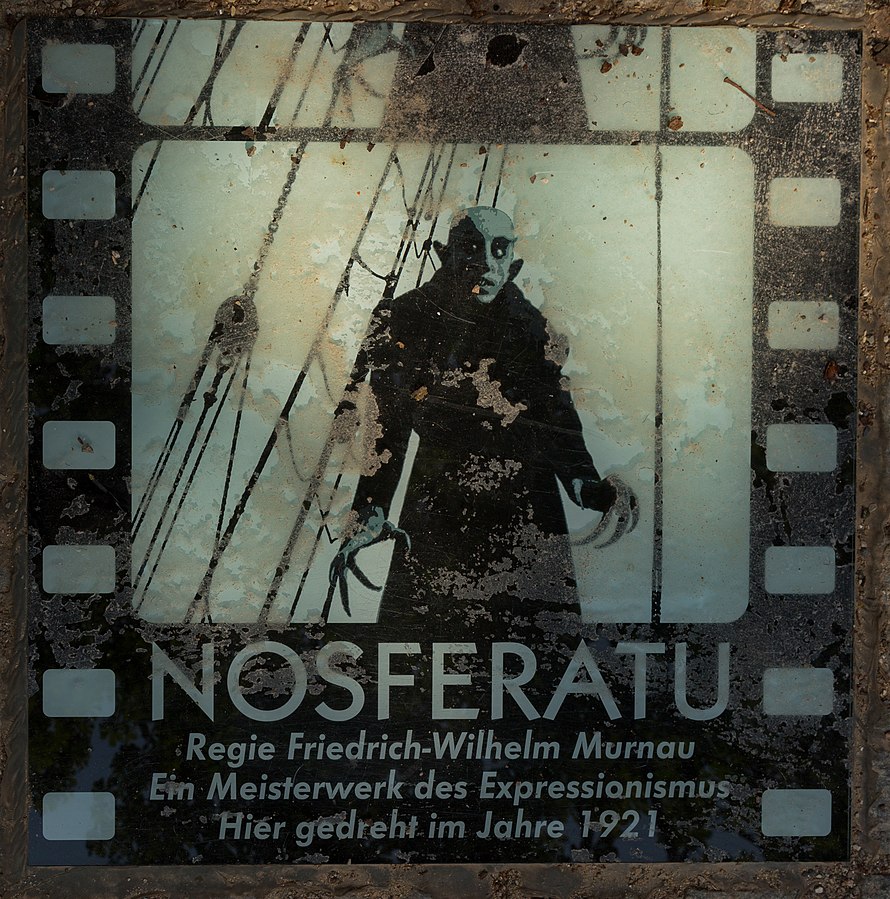
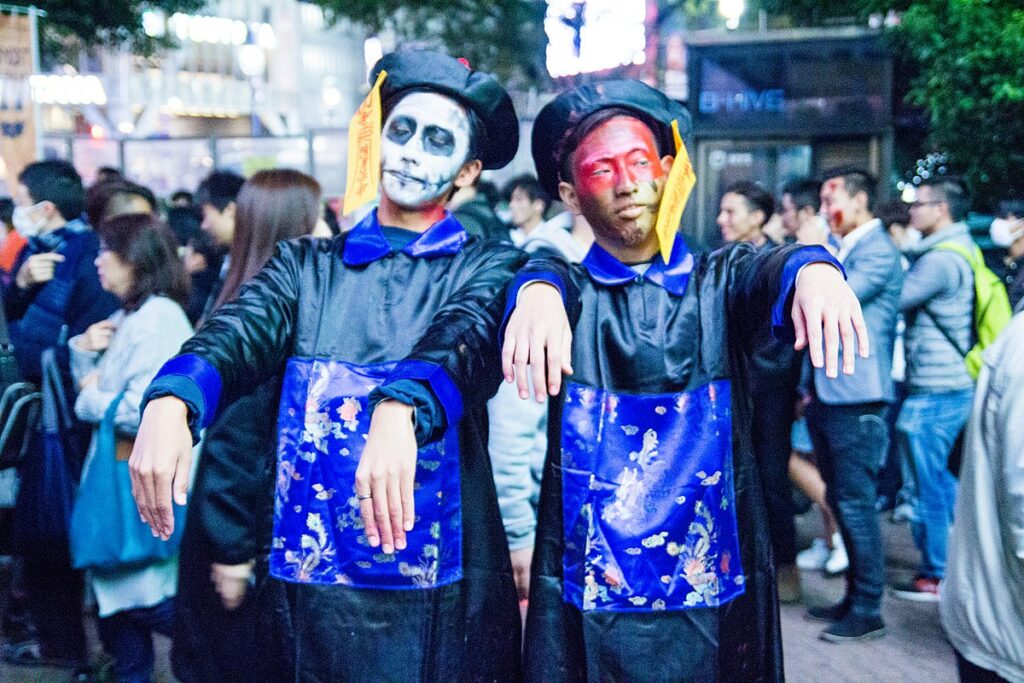
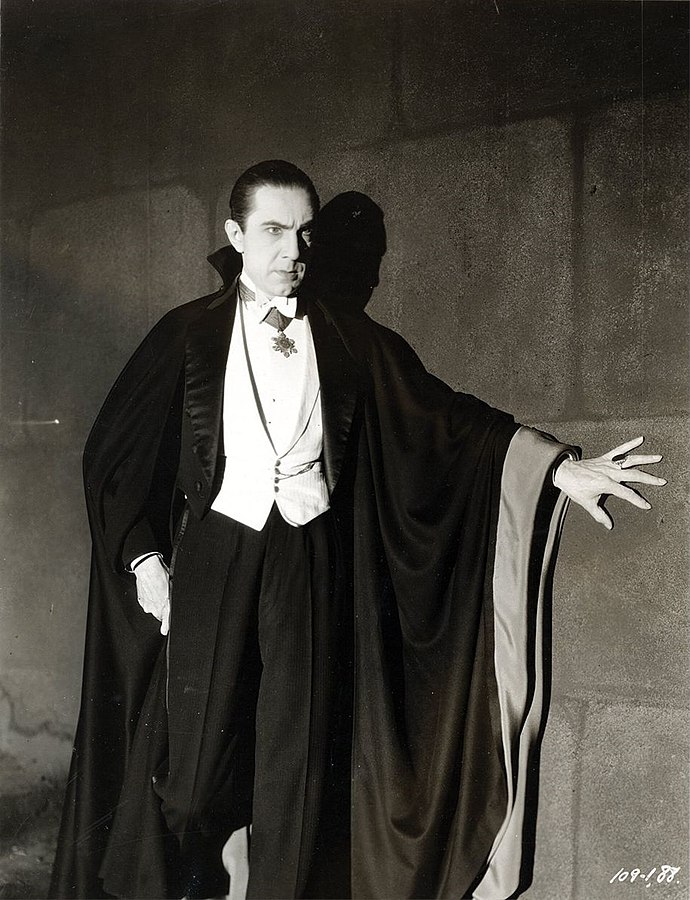
Decapitated Skeletons and Iron Stakes
In 2012, archaeologists in the town of Sozopol on the Black Sea coast of Bulgaria unearthed two skeletons dating back to the Middle Ages. What set these skeletons apart from typical medieval burials was the manner in which they were interred. Each had a heavy iron rod driven through its chest, a practice believed to prevent the dead from rising as vampires. These “vampire burials” are evidence that local communities took active measures against the undead, even in death.
The Sozopol discovery isn’t unique. Over the past few decades, vampire burials have been found scattered across Eastern Europe. A 2013 excavation in Poland revealed four skeletons, each with a small rock wedged in its mouth, believed to prevent the alleged vampire from biting the living.
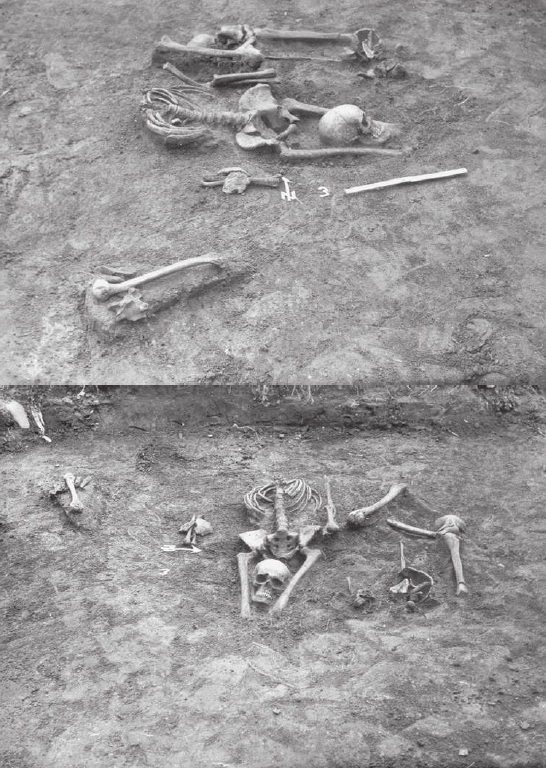
The Science Behind the Legend
While the notion of the undead may sound fantastical to modern ears, there are scientific explanations for the vampire myths. During decomposition, bodies can bloat, pushing blood up and out of the mouth. To the untrained eye, this might appear as though the corpse had recently feasted on blood. Similarly, the natural groaning sounds produced by gases escaping the body might be interpreted as signs of life, further fueling the undead mythos.
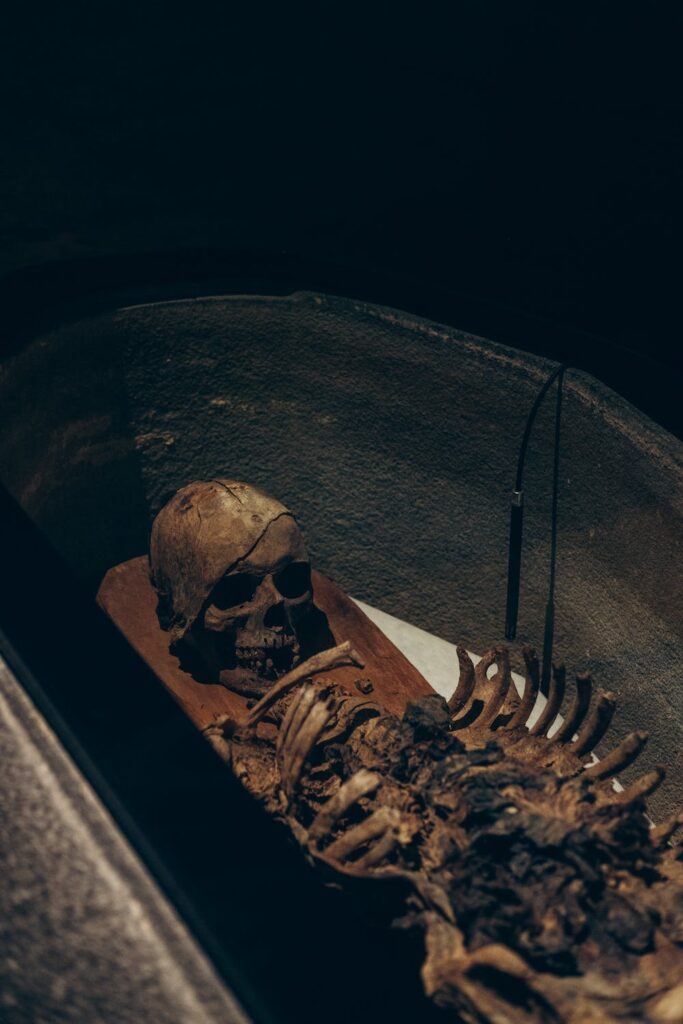
A Window to Historical Superstitions
The archaeological community uses the term “deviant burials” to describe interments that deviate from normative burial customs of a particular culture and time. These deviations often reveal societies’ deepest fears, superstitions, and beliefs. In the case of vampire burials, the ritual acts of pinning down the body or obstructing its mouth signify a genuine fear of the dead rising again.
Such practices weren’t just confined to Eastern Europe. In Ireland, a 2009 discovery at Kilteasheen revealed two 8th-century skeletons with large stones wedged into their mouths. Though the reason remains a topic of debate, it’s possible that the stones were placed to prevent the dead from returning.
Notorious Cases of Historical Vampires
Throughout history, particular cases and individuals have been singled out as “real-life” vampires, whether due to peculiar circumstances surrounding their deaths, posthumous rumors, or actual beliefs held by their contemporaries. Here are some of the most famous:
Arnold Paole
In the early 18th century in Serbia, Arnold Paole was an ex-soldier turned farmer who claimed to have encountered a vampire while serving in the army. After moving to the village of Meduegna, he died from a fall. Soon after, villagers began reporting sightings of Paole and a string of sudden deaths ensued. Believing him to be a vampire, locals exhumed his body, found it suspiciously preserved with blood at its mouth, and staked it. This event was so well-documented that it caught the attention of government officials and contributed to the vampire craze in Western Europe.
Mercy Brown
One of the best-known cases from the US, the Mercy Brown incident occurred in 1892 in Rhode Island. With tuberculosis ravaging the Brown family, causing the deaths of multiple members, townspeople began to believe that one of the deceased was preying upon the living relatives. They exhumed several bodies. Mercy’s body, which was unusually well-preserved due to being stored in cold conditions, was deemed vampiric. Her heart was burned, and the ashes mixed with water were given to her sick brother, Edwin, to drink in an attempt to cure him. Unfortunately, Edwin died shortly after.
Peter Plogojowitz
Another case from 18th century Serbia, Peter Plogojowitz passed away and was buried. Within eight days of his death, nine deaths occurred in the village. Those who died claimed on their deathbeds that they had been throttled by Plogojowitz at night. The village exhumed his body, found it undecomposed with new nails and longer beard, and drove a stake through his heart, after which the deaths reportedly ceased.
The Highgate Vampire
A more recent and sensational case from the 1970s in London, the Highgate Cemetery was believed to be haunted by a vampire. Reports of strange activities and dark figures around the cemetery led to public interest and even a “vampire hunt” on Friday the 13th in 1970. Though no evidence of a real vampire was ever found, it sparked a media frenzy and remains one of the most famous modern vampire tales in Britain.
Countess Elizabeth Báthory
While not a vampire in the traditional sense, Countess Elizabeth Báthory of Hungary, who lived in the late 16th and early 17th century, is often associated with vampire legends. Accused of torturing and killing young girls, legends arose that she bathed in their blood to maintain her youth. Her heinous acts and the subsequent legends earned her the title “Blood Countess,” making her a figure of vampire lore.
While none of these cases provide concrete evidence of actual vampires, they showcase the profound impact that folklore, superstition, and societal fears can have on communities. Each case reflects a palpable fear of the unknown and the lengths people will go to find explanations, however supernatural they might be.
Concluding thoughts & More Info
As science and rationality took precedence over superstitions, the belief in vampires waned, and deviant burials became less common. Still, these archaeological finds offer a haunting reminder of a time when the boundary between life and death wasn’t so clear-cut.
Today, while vampires might have retreated to the realm of fiction and entertainment, the burial evidence serves as a testament to humanity’s age-old quest to make sense of the unknown, and the lengths to which they went to keep the darkness at bay.
“Fun Fact: Garlic, a popular deterrent against vampires, has been used as a protective substance throughout history. It wasn’t just feared by fictional vampires; many cultures believed garlic could ward off the evil eye, repel witches, and even prevent infections. So, whether facing a vampire or just a cold, garlic seems to be a good thing to have around!”
If you were captivated by our vampiric voyage into the world of the undead, don’t miss our other article unveiling the mysterious beginnings of Halloween by clicking the button below!
